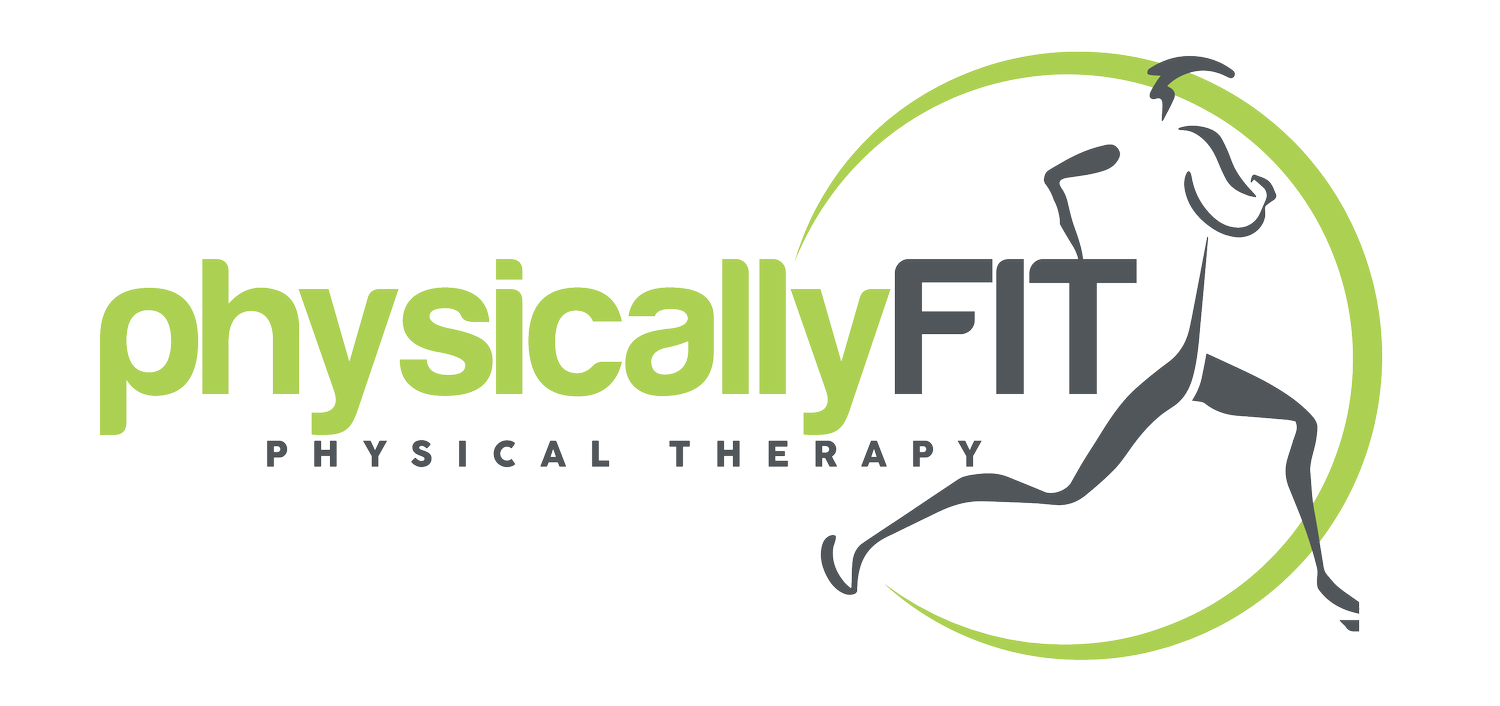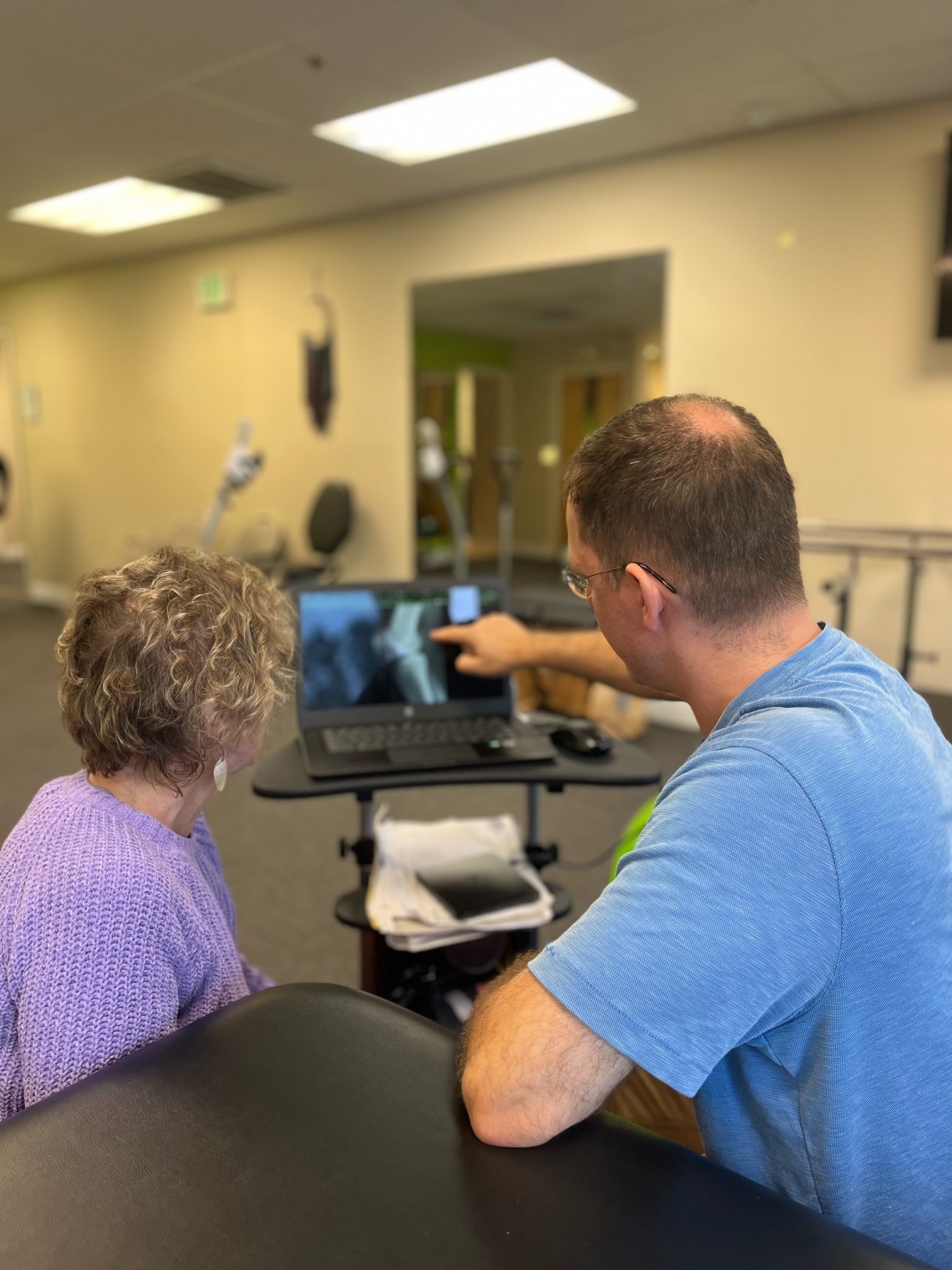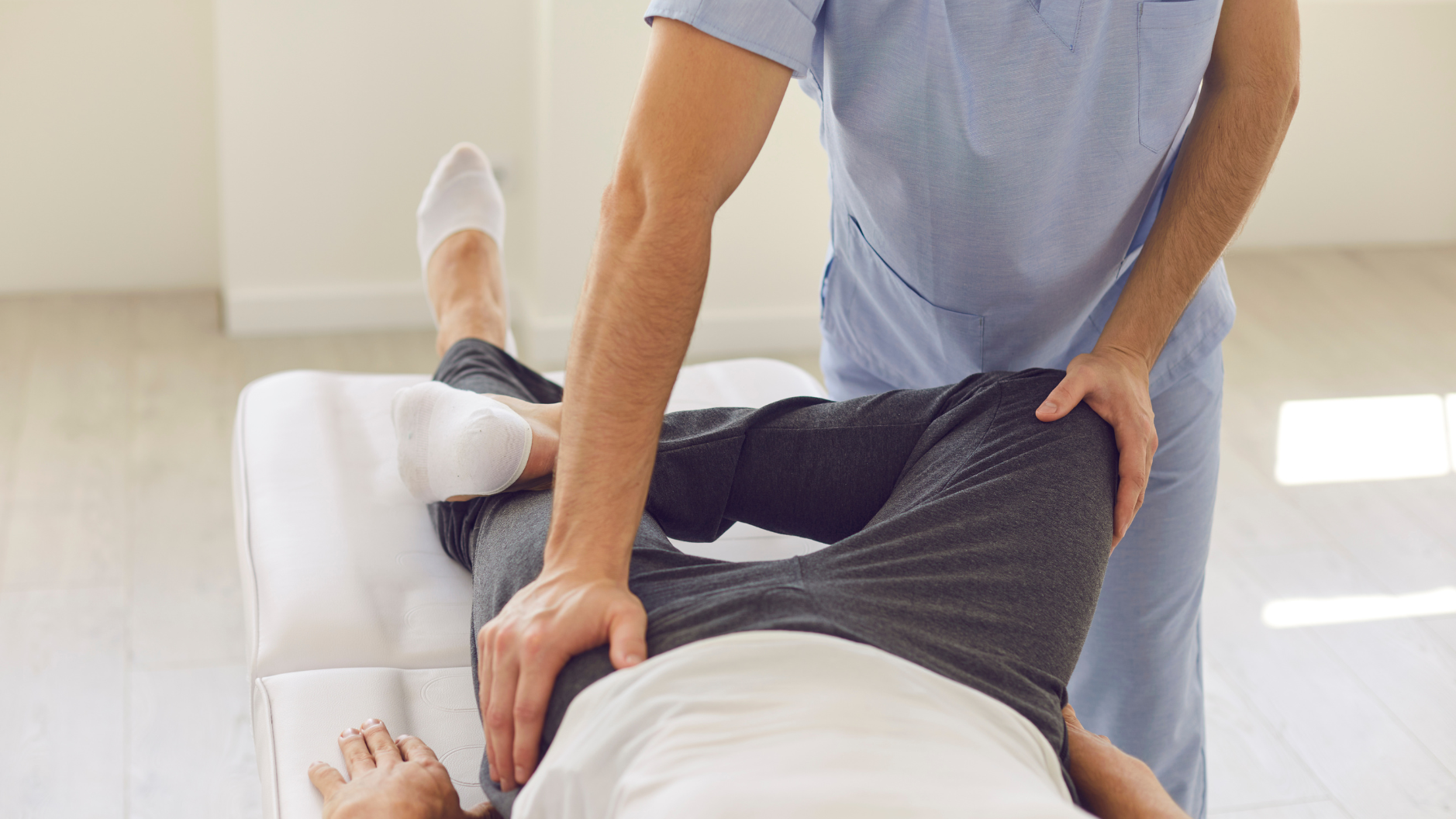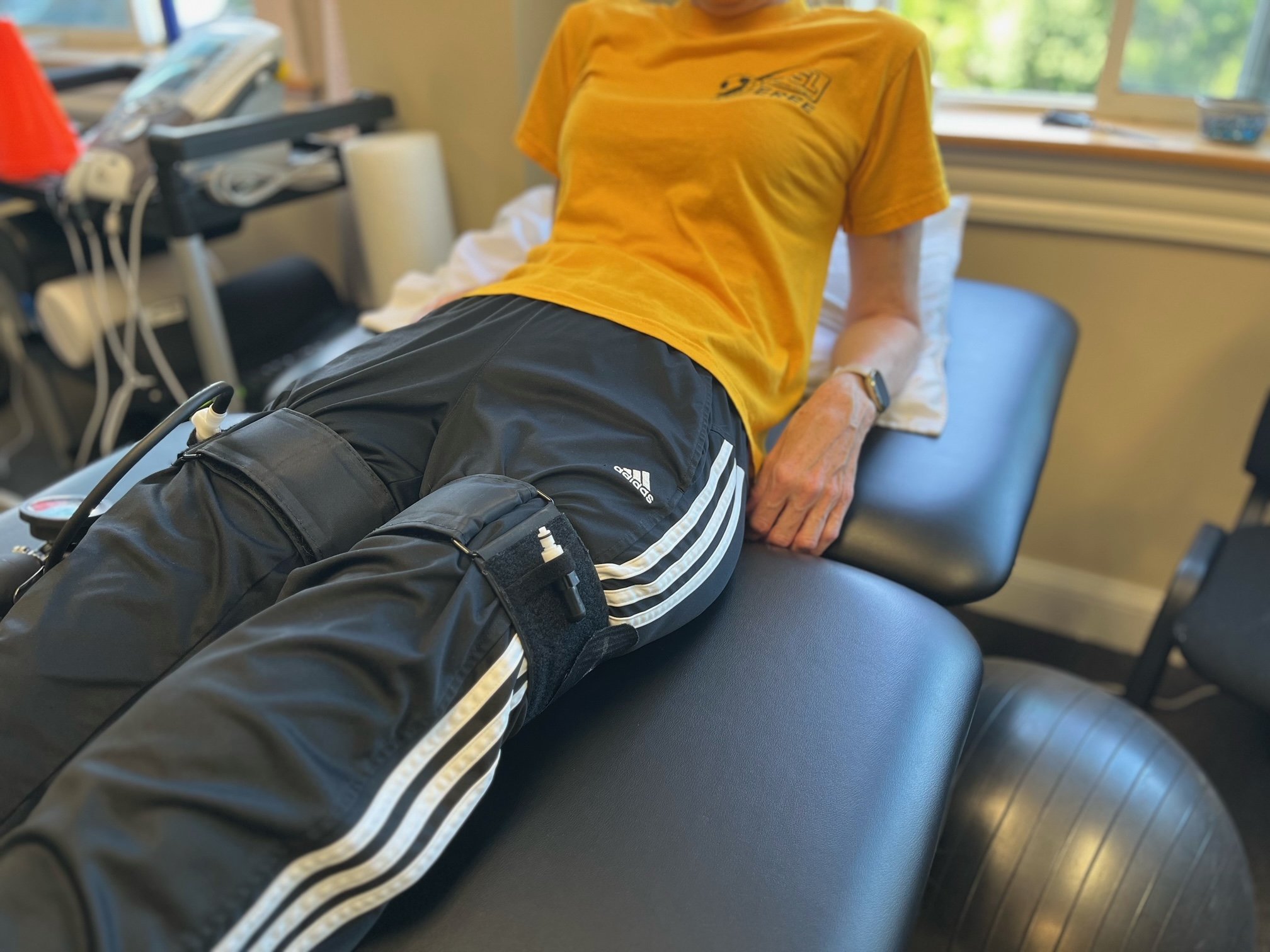LASER THERAPY HELPS REDUCE PAIN, REDUCE INFLAMMATION, AND ACCELERATE TISSUE REPAIR

Laser Therapy
At Physically Fit PT, we offer advanced laser therapy treatments designed to accelerate general or wound healing and offer pain relief. Our certified physical therapists target problem areas with laser light to promote accelerated tissue regeneration, all without any invasive procedures. Whether you're dealing with chronic pain, carpal tunnel syndrome, muscle spasms, neuropathic pain, or recovering from an injury, our personalized and innovative physical therapy treatment is tailored to provide immediate pain relief and long-term benefits.
Fast & Effective Pain Relief
Our Laser Therapy sessions are quick, typically lasting 15 to 20 minutes, and offer immediate relief from acute and chronic pain.
Versatile Applications
Ideal for patients of all age groups, Laser Therapy is effective in treating a wide array of conditions including osteoarthritis, tendonitis, chronic back pain, and post-surgical healing.
Safe & Non-Invasive
With zero downtime and no known side effects, our Laser Therapy offers a safe alternative to medications and surgery, letting you get back to your life quicker.
What To Expect On Your First Day For Laser Treatment
When you come in for laser therapy at Physically Fit PT, expect a non-invasive and painless experience. Our trained laser therapy specialists will guide you through the one on one physical therapy session. You'll feel a warm sensation as the laser beams target the affected area, promoting cellular regeneration and reducing inflammation. There's no downtime, so you can resume your normal activities immediately after the laser therapy treatment.
-
Your laser therapy specialist will give a brief assessment to determine if laser therapy suits your condition.
Here are the types of conditions that laser therapy can help with:
Laser therapy can help with tissue repair.
Laser therapy can help with wound healing.
Laser therapy can help to reduce pain.
Laser therapy can help neck pain.
Laser therapy can help with muscle spasms.
Laser therapy can help with shoulder pain.
-
There will be personalized protocols to set the frequency and intensity of laser therapy sessions.
-
Both you and the laser therapy specialist will wear protective eyewear during the procedure.
-
You'll be positioned for optimal laser beam targeting, usually feeling a warm sensation but no pain. Each laser therapy session lasts 5-10 minutes.
-
Immediate pain reduction is common but may vary. The treatment period can include multiple sessions, which are often advised for long-term benefits.
Preparation for Your Laser Therapy Session with Low Level Laser Therapy
Before you embark on your journey toward recovery with laser therapy, it's essential to know how to prepare for your sessions. Here are some steps to ensure you're ready for low level laser therapy (LLLT), also known as low power laser irradiation.
-
Laser therapy, especially LLLT, uses laser light to promote tissue repair and wound healing. Unlike laser surgery, which can be invasive, LLLT employs low energy laser irradiation to stimulate cellular processes without cutting or damaging the tissue. This form of therapy is effectively used for chronic pain management, aiding conditions like carpal tunnel syndrome and chronic back pain, as well as fostering accelerated tissue regeneration.
-
1. Educate Yourself:
Become familiar with how low level laser therapy works. It uses specific wavelengths of light (visible light) to interact with tissue, aiming laser beams at affected areas to enhance natural healing processes like increasing collagen production and growth factor beta secretion.
2. Discuss Your Medical History:
Inform your physical therapist about any known primary carcinoma, skin cancer, or ill cancer patients in your family. Although LLLT isn't a cancer treatment, transparency in your medical history helps ensure the most suitable care.
3. No Topical Applications:
Before the session, ensure the treatment area is free from lotions, creams, or makeup. Laser light must penetrate skin without any barriers to effectively stimulate cellular activity like fibroblast cell proliferation.
4. Appropriate Clothing:
Wear clothing that allows easy access to the area being treated. The laser beams need direct skin contact, so being able to expose the affected area without discomfort is crucial.
5. Safety First:
Your therapist will provide appropriate safety spectacles to protect your eyes from the laser radiation, an essential safety measure during the treatment.
6. Understand Post-Treatment Care:
Ask your therapist about any post-treatment steps you should follow. Some patients might experience a temporary increase in pain as their immune system responds to the increased fibroblast cell proliferation and angiogenic factor production.
-
It's vital to understand that while low level laser influences a range of healing processes—from reducing cell death to boosting immune system efficiency—it's not a photodynamic therapy used in targeting cancer cells. This treatment is more about pain relief, reducing inflammation, and encouraging muscle spasms to relax.
-
During the session, the therapist will use a handheld device to aim laser beams at the specific area of your body requiring treatment. Depending on your condition, different wavelengths and levels of laser power will be applied in a dose-dependent manner. LLLT is non-invasive, and you will feel little to no sensation as the low power lasers work to enhance tissue repair.
-
Your input is valuable! Collaborate with your physical therapists by offering feedback during and after your laser therapy sessions. Depending on your body's reaction to the treatment, adjustments may be made to optimize the therapeutic benefits.
Physically FIT PT is committed to using laser therapy as a complementary treatment to physical therapy, offering patients exposed to our regimen an opportunity to recover in a non-invasive, innovative way.
Remember, preparation can make a significant difference in the effectiveness of your laser therapy session, and following these guidelines will help ensure you receive the maximum benefit from your treatments.
Frequently Asked Questions About Pelvic Floor Physical Therapy
-
Laser therapy works by directing concentrated laser light—a form of energy—into your body's tissues. The low level laser therapy, specifically, uses low power laser irradiation to stimulate cellular processes without causing heat damage, which promotes tissue repair and wound healing. This medical treatment is aimed to accelerate tissue regeneration, increase cell proliferation, and enhance collagen synthesis, all of which contribute to repairing and restoring the function of damaged tissue.
-
Coverage of laser therapy by insurance varies depending on your policy, the type of laser treatment, and its application. Some insurance plans may cover laser therapy for certain medical conditions, while others may not. It's essential to check with your insurance provider to determine if low level laser therapy and other laser therapies are covered under your specific plan.
-
Laser therapy is designed to reduce pain, inflammation, and aid in tissue healing. Through laser irradiation, it can provide pain relief for conditions like chronic back pain, neck pain, carpal tunnel syndrome, and musculoskeletal pain. The therapy increases fibroblast cell proliferation and collagen production while promoting growth factor beta secretion, all pivotal for accelerated healing.
-
Laser therapy is generally painless. Low level laser therapy uses a narrow beam of light that does not produce heat, so patients exposed to low level laser typically do not feel any discomfort during the process. It is a non-invasive, non-surgical form of therapy that does not require incisions or anesthesia, making it a popular option for those seeking pain relief without experiencing pain from the treatment itself.
-
Low level laser therapy (LLLT), also known as cold laser therapy, involves the application of low power lasers or light-emitting diodes (LEDs) to the surface of the body. Unlike laser surgery, which uses high-intensity laser beams to cut or destroy tissue, low level laser therapy uses low energy laser irradiation that stimulates cellular function and encourages tissue repair and healing in a dose-dependent manner. It's used to treat various conditions, including chronic pain, wounds, and inflammatory diseases, and can be complementary to other treatments provided by physical therapists.
Other Treatments We Offer
Dry Needling
Laser therapy is not the only service we offer! We also offer dry needling, which is a fantastic technique that helps alleviate muscle pain.
Pelvic Floor Therapy
Along with laser therapy, Physically Fit PT offers external and internal pelvic floor therapy which can help patients suffering from pelvic floor discomfort, pain, or other symptoms.
Blood Flow Restriction Therapy
Physically Fit PT also provides blood flow restriction therapy, which can help patients to unlock faster muscle gains and enhance recovery.






